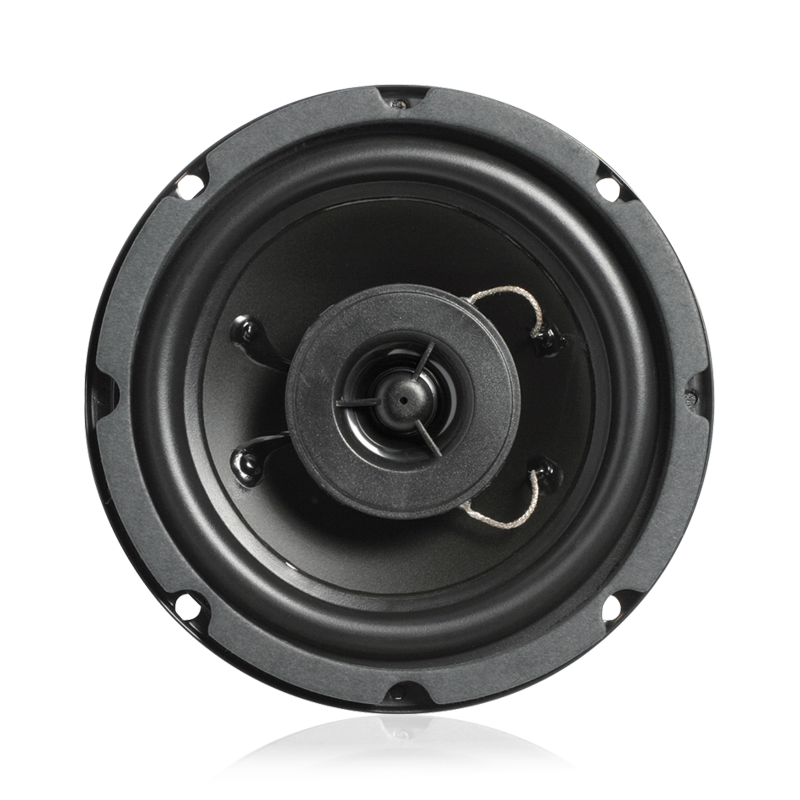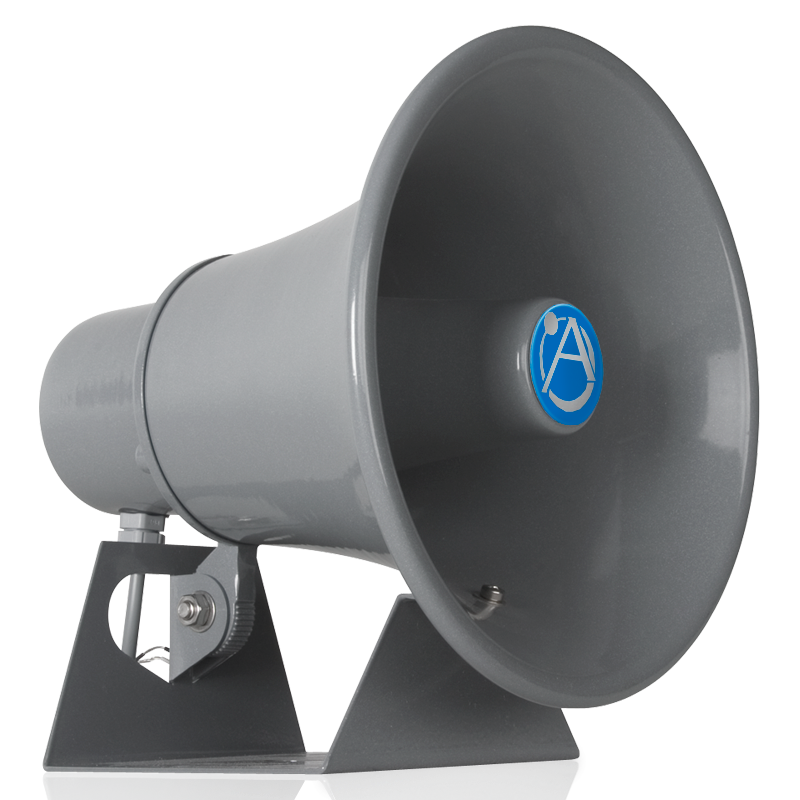

Monitors are also the tool that you use to balance Setup ensures that audio reproduction remains as faithful to the recorded Listening position and a productive working environment. Medical tape, some brass tacks, and a steel tape measure.įigure 1: Practical Home Studio Monitor Set Up Tools A Practical Guide to Setting Up Home Studio MonitorsĬorrectly set up studio monitors are fundamental to providing the best Tools I used for my set up included some sticky dots, a few pieces of There is little science involved in getting a good monitor setup,Īnd vast improvements require minimal effort and no specialized tools. Their expensive equipment is underutilized and producing less than optimalĪudio. Many home studio owners naively place their studio monitors in anyĪvailable spaces around their bedroom or spare room without realizing that Pointing directly at the listener's ears. Listener's head and angled down so that the high-frequency tweeters are With each other, while each monitor must be angled in towards the Listening position (the sweet spot) need to form an equilateral triangle How do I set up my home studio monitors? The studio monitors and After a few hours of research and considering the impracticalities of working alone, I came up with these hands-on solutions.
Speaker placement calculator program how to#
Why do these steps matter? It all comes down to controlling stereo imaging and sound reflections.When I first set up my home studio, I knew that the monitor setup was necessary, but I wasn't sure exactly how to set everything up correctly.

If you make an adjustment and notice that a song's parts have suddenly "locked" into place, then you've probably found your sweet spot. It's best practice to keep your turntable on a different surface than your speakers (though some desktop speaker stands let you cheat on this a bit).Īchieving great sound with your speakers involves some trial-and-error. Your turntable should always be isolated from speaker vibrations. The goal here is to minimize sound reflections as much as possible. Strive for symmetry in speaker and furniture arrangement. Make sure no objects stand between your speakers and your ears. Increase or decrease the angle of your speakers a few degrees at a time until you hit that sweet spot! If you want good sound across a wider listening area, then decrease toe-in. Angle your speakers inward so they're pointed towards the listener - more specifically, at a point directly behind the listener's head. This will minimize sound reflections, which can negatively impact playback clarity. Move your speakers at least 2-3 feet away from the nearest wall.

They are responsible for handling the high-frequency treble range.)
Speaker placement calculator program drivers#
(Tweeters are the small drivers on your speakers. Speaker height. Position your speakers so that the tweeters are at roughly the same height as your ears.If they are too far apart, there will be a gap between the two halves of the stereo image (more on this later). Try to get about 4 feet of separation for bookshelf speakers or 8 feet for floorstanding speakers. If your speakers are too close, sounds will blend together and become muddy. Decide roughly where you will be positioned when listening, then place your speakers so that they form an equilateral triangle with your listening position.


 0 kommentar(er)
0 kommentar(er)
